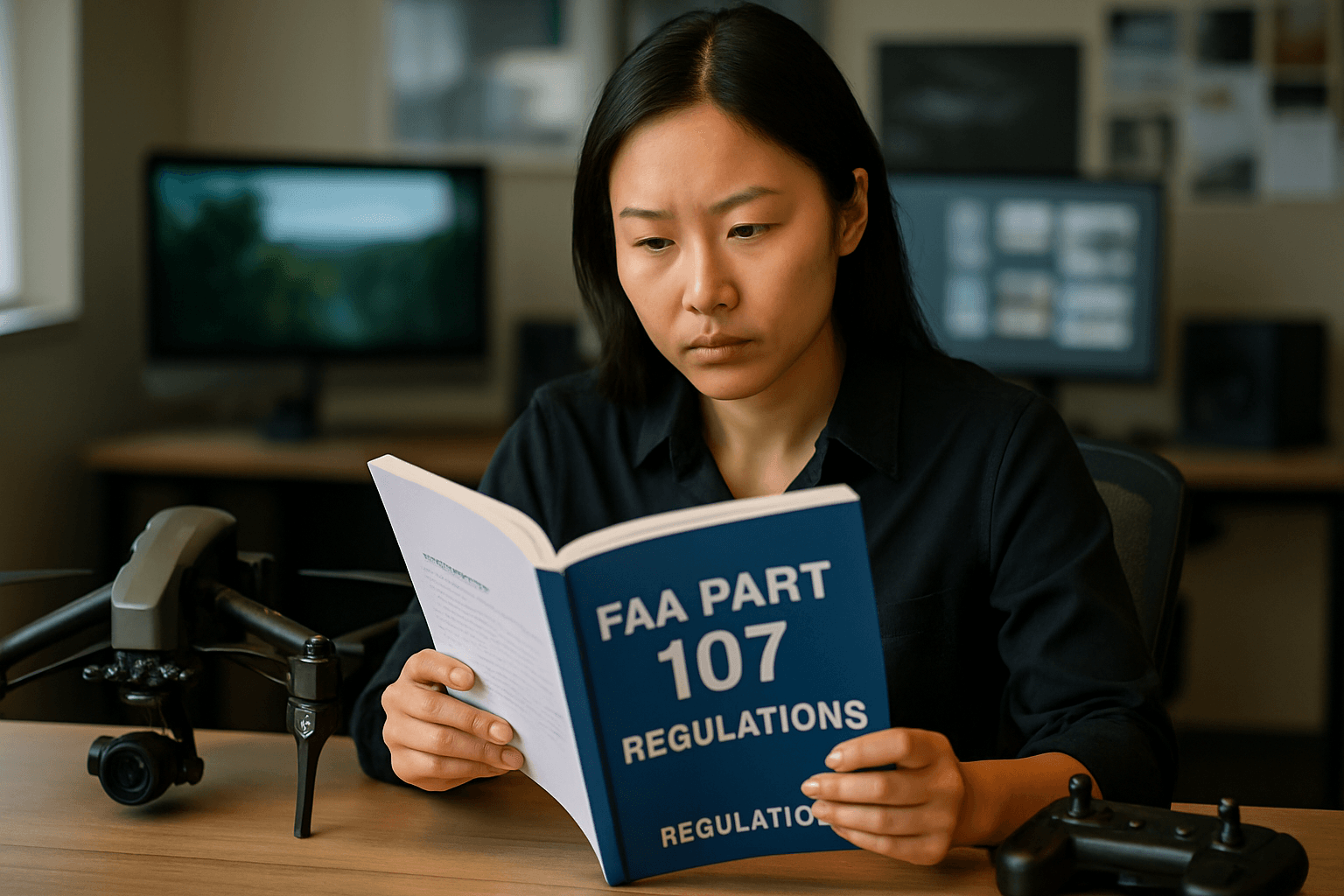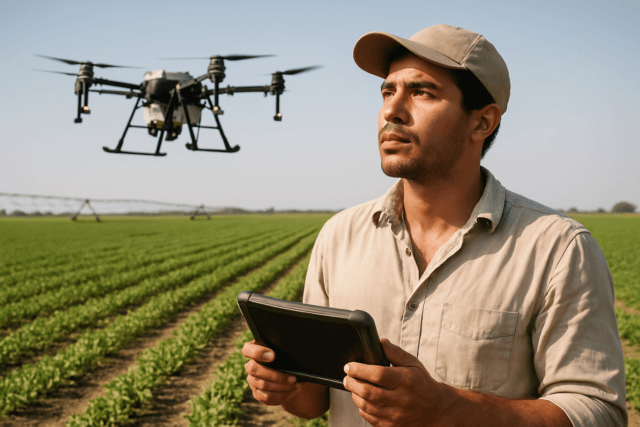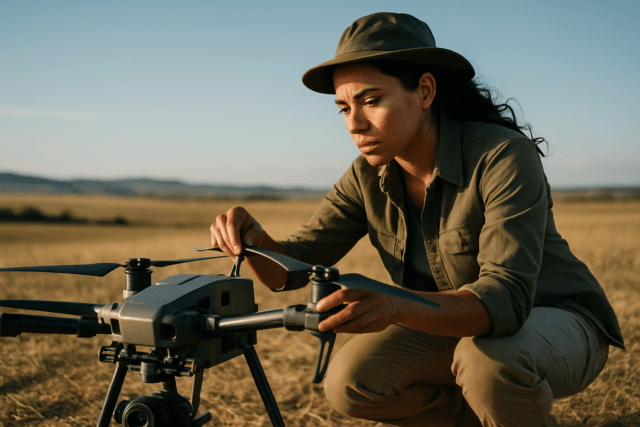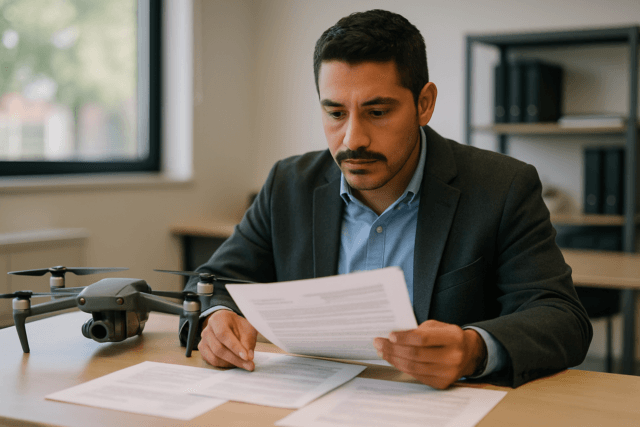The rapid evolution of drone technology has revolutionized the entertainment industry, offering breathtaking aerial perspectives for film, television, live events, and more. While these unmanned aircraft systems (UAS) provide unparalleled creative freedom and cost-efficiency compared to traditional methods like helicopters, their commercial operation is strictly governed by a comprehensive set of regulations designed to ensure safety, privacy, and national airspace integrity. Understanding these rules, primarily the Federal Aviation Administration’s (FAA) Part 107, is paramount for any professional looking to leverage drones for commercial entertainment purposes.
Understanding Commercial Drone Operations
In the United States, any drone flight conducted for business, compensation, or in furtherance of a company’s activities is considered a commercial operation. This distinguishes it from recreational or hobbyist drone flying, which falls under different guidelines. Examples of commercial drone use in entertainment include capturing footage for real estate marketing, aerial videography for films and TV shows, event coverage, or even inspections for construction sites that might be part of a film set. If there’s any doubt about whether a flight is recreational or commercial, the FAA advises operating under Part 107 to ensure compliance.
FAA Part 107: The Cornerstone of Commercial Drone Flight
The core regulatory framework for commercial drone operations in the U.S. is the FAA’s Part 107, officially known as the Small Unmanned Aircraft Rule. Introduced in June 2016, Part 107 replaced a more cumbersome exemption process, streamlining the path for individuals and businesses to legally operate drones for non-recreational purposes. This set of Federal Aviation Regulations (FARs) outlines the operational limitations for small UAS (those weighing less than 55 pounds) and establishes the requirements for commercial drone pilots.
Becoming a Certified Remote Pilot
To legally fly a drone for commercial entertainment purposes, operators must obtain a Remote Pilot Certificate with a Small UAS (sUAS) rating, often referred to as a “drone license” or “Part 107 license.” The requirements for this certification include:
- Age and Language Proficiency: Applicants must be at least 16 years old and be able to read, write, speak, and understand English.
- Aeronautical Knowledge Test: Prospective pilots must pass an initial aeronautical knowledge test at an FAA-approved testing center. This test covers a wide range of topics, including airspace classifications, weather, drone loading, emergency procedures, and regulations.
- Physical and Mental Condition: Pilots must be in a physical and mental condition to safely operate a UAS.
- TSA Background Check: A Transportation Security Administration (TSA) background check is required.
Once certified, pilots must also keep their license current by passing a recurrent aeronautical knowledge test every 24 months.
Drone Registration
In addition to pilot certification, all drones used for commercial purposes, if they weigh between 0.55 pounds and 55 pounds, must be registered with the FAA. Each drone requires its own registration number, which is valid for three years and must be marked on the outside of the drone and proof carried during all flights.
Essential Operational Rules for Commercial Drones
Part 107 imposes several crucial operational limitations to ensure the safe integration of drones into the national airspace, particularly relevant for dynamic entertainment environments:
- Visual Line of Sight (VLOS): The drone operator or a designated visual observer must maintain VLOS with the drone at all times during flight, meaning they must be able to see it unaided.
- Altitude Limit: Drones generally cannot fly higher than 400 feet above ground level (AGL). An exception exists if the drone remains within a 400-foot radius of a structure, allowing flight above 400 feet to capture shots from elevated angles.
- Speed Limit: The maximum speed for a commercial drone is 100 mph (87 knots).
- Daylight Operations and Anti-Collision Lighting: Operations are typically restricted to daylight hours. However, night operations are permissible if the remote pilot has completed updated training (either the initial test or recurrent online training) and the sUAS is equipped with lighted anti-collision lighting visible for at least 3 statute miles.
- Operations Over People and Moving Vehicles: Generally, flying a drone directly over people who are not directly participating in the operation is prohibited, as is flying from a moving vehicle, unless in a sparsely populated area. However, updated rules in 2020 and ongoing proposals for Beyond Visual Line of Sight (BVLOS) operations are amending these restrictions, potentially removing the need for waivers if certain training and conditions are met.
- Yielding to Manned Aircraft: Drones must always yield the right of way to manned aircraft.
- Pre-Flight Inspections and Assessments: Before each flight, pilots must conduct thorough pre-flight checks to ensure the drone is in safe operating condition, including inspecting the airframe, propellers, sensors, battery, and checking weather and airspace conditions.
Special Considerations for Entertainment Drones
The entertainment industry often requires operations that push the boundaries of standard Part 107 rules, such as flying over crowds during live events or capturing intricate night scenes. This is where waivers and airspace authorizations become critical.
- Operations Over People: Given the nature of film sets and public events, the general prohibition on flying over people is a significant consideration. Special waivers from the FAA are often required for such operations.
- Night Operations: While now permissible with specific training and lighting, complex night-time aerial shots for entertainment may still require additional planning and potentially waivers for certain scenarios.
- Airspace Authorizations: Commercial drone operations in controlled airspace (Class B, C, D, or E) require prior authorization from the FAA, often obtained through the Low Altitude Authorization and Notification Capability (LAANC) system. This real-time system streamlines the approval process for operations in controlled airspace near airports.
- Public Safety and Privacy: Beyond FAA regulations, drone operators in entertainment must also address privacy concerns and public safety protocols, especially when filming in populated areas or near private property. Respecting private property by avoiding flights over it without explicit permission is crucial. Local jurisdictions may also have their own ordinances and require additional permits or licenses.
- Intellectual Property Rights: Drone use in entertainment also brings into play considerations for intellectual property rights regarding the content captured.
In the early days of commercial drone use in entertainment, specific exemptions were granted to select companies before Part 107 was fully implemented. Today, the robust Part 107 framework, combined with the ability to apply for waivers for specific operations that fall outside standard rules, provides the legal pathway for drone integration.
Beyond Visual Line of Sight (BVLOS) and Future Regulations
The landscape of drone regulations is continually evolving. The FAA has released a Notice of Proposed Rulemaking (NPRM) for Beyond Visual Line of Sight (BVLOS) flights, known as Part 108. If adopted, Part 108 would provide a more standardized framework for routine BVLOS operations, moving away from the current case-by-case waiver approach. This development is expected to unlock further potential for commercial drone activity, including potentially more complex and expansive entertainment productions. The proposed Part 108 also introduces a tiered authorization system based on risk, with operating permits for low-risk operations and operating certificates for higher-risk scenarios.
Maintaining Compliance and Best Practices
For those operating drones for commercial purposes in entertainment, ongoing adherence to regulations and best practices is vital. This includes:
- Current Registration: Maintaining up-to-date FAA registration for all drones.
- Recurrent Training: Ensuring the Remote Pilot Certificate remains current through recurrent knowledge tests.
- Pre-Flight Protocols: Diligently performing pre-flight checks and assessing weather and airspace conditions before every flight.
- Accident Reporting: Reporting any accidents to the FAA within 10 days if they result in serious injury or property damage exceeding $500.
- Local Coordination: Informing local authorities or film offices when drones will be used for production, as required by local ordinances.
- Safety First: Prioritizing safety above all else, ensuring that operations pose no undue hazard to people, other aircraft, or property.
Conclusion
The integration of drones into commercial entertainment has opened up a world of visual possibilities. However, this innovative technology comes with significant responsibilities. By understanding and rigorously adhering to the FAA’s Part 107 regulations, obtaining the necessary certifications and waivers, and prioritizing safety and compliance, drone pilots and production companies can continue to push creative boundaries while ensuring safe and legal operations in the national airspace. The evolving regulatory environment, particularly with the progression of BVLOS rules, promises an even more expansive future for entertainment drones, but the foundation of safe and compliant operation will always remain critical.





